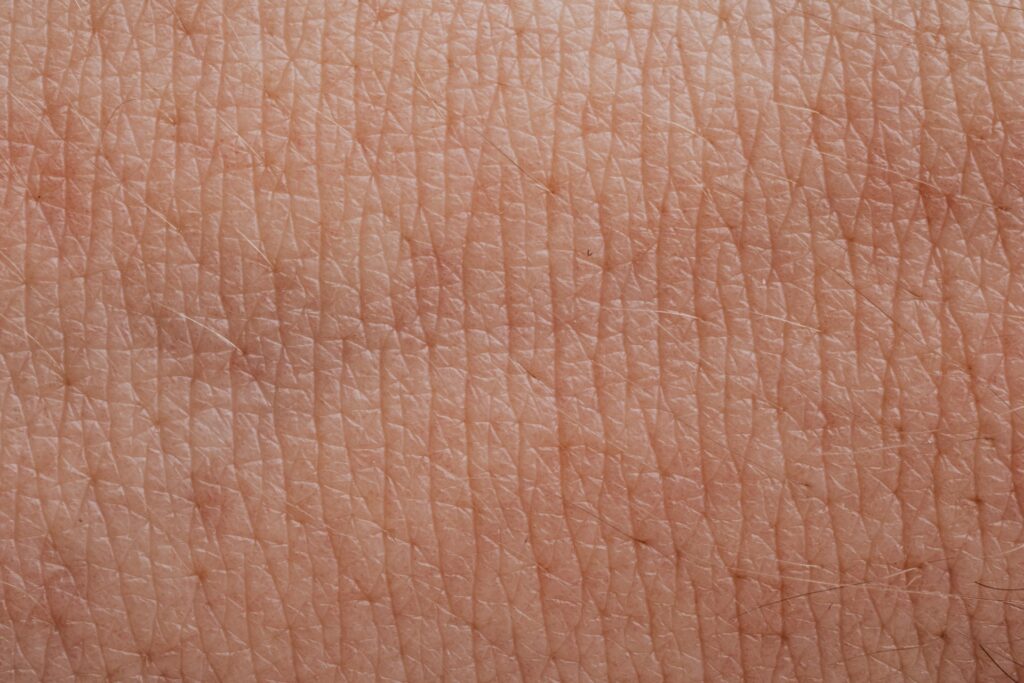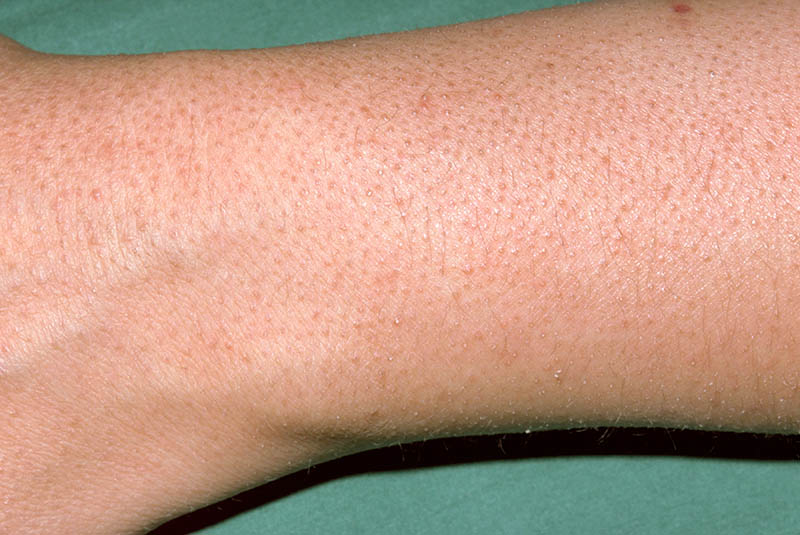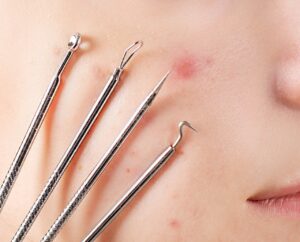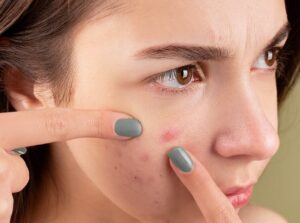Table of Contents
What is Keratosis Pilaris?
What is Keratosis Pilaris? KP is a very common, not infectious, dry, scaly skin condition caused by an abnormal accumulation of keratins.
Keratosis pilarum (Latin for’scaly skin’) refers to small, rough bumps on the arms, legs, back Keratosis Pilaris usually begins in childhood but becomes more noticeable during adolescence and into adult life. It is safe and won’t cause any harm.
Who gets KP?
Keratosis Pilaris (KP) is typically seen in younger people. It affects approximately half of teens and one third of adults. It has been associated to other skin conditions such as atopic ecznema and ichthyosiform dermatitis.
What causes KP?
Keratosis Pilaris (KP) occurs when there is an abnormally thickened layer of skin at the base of the hair follicles. Keratin fills the follicles instead of exfoliating them.
Keratosis pilaris has no known causes, but there may be an inherited link. It has been associated with mutations in filagrin (a key protein in the skin’s permeability), and some studies suggest that it may be linked to vitamin D deficiency.
Keratosis Pilaris tends to be most noticeable during the colder seasons and is often caused by the lower humidity levels in the air.
What are the clinical features of KP?
Patients may experience a variety of symptoms including itching, burning, swelling, pain, and redness. Small bumps can occur anywhere on the body. They can be raised, flat, or scaly. Some people may notice these bumps before they develop any signs of infection.
Keratosis piliaris usually affects the extensors of the upper limbs and thighs. It may also affect the back, abdomen, and lower extremities.
Keratosis piliaris may sometimes be accompanied by erythromelanodia follicularis facei, ulcerative lesions of the cheek, and atrophic patches of skin over the cheeks.
How do clinical features vary in differing types of skin?
Bumps are usually the color of the patient’s own body tissue. They may be pinkish, reddish, brownish, blackish, or even purple.
How is keratosis pilaris diagnosed?
Keratosis Pilari (KP) is a clinical diagnosis. It can be evaluated by looking at the lesions for any signs of inflammation, scaling,
- Dermatoscopy: Reveal abnormalities of the skin including scaling, erythema, and hair follicle changes.
- Punch biopsy: reveals epidermal hyperkeratosis, hypergranulosis, plugged hair follicles, and mild superficial perivascular lymphocytic inflammation.

What is the treatment for keratosis pilaris?
If you go to a doctor, you might get a prescription for creams containing alpha hydroxy acid, lactic acid, salicylic acid or urea to remove the built up of kerating in the hair follicles.
You can also prevent the buildup with creams containing vitamin A.
However, depending on the severity of your condition, the simplest method can be exfoliation. Not every exfoliation method is suitable though. Most just do not provide exfoliation which is deep enough.
However, Baiden Mitten is more than capable of significantly alleviating the problem. Our customers report that even after the first session than can often see a major improvement.
For more severe cases and with regular treatments, the result will be cumulative. Coupled with any of the treatment creams, the appearance of Keratosis Pilaris, can be overcome or at least significantly reduced.
 SHIPPING WORLDWIDE
SHIPPING WORLDWIDE








